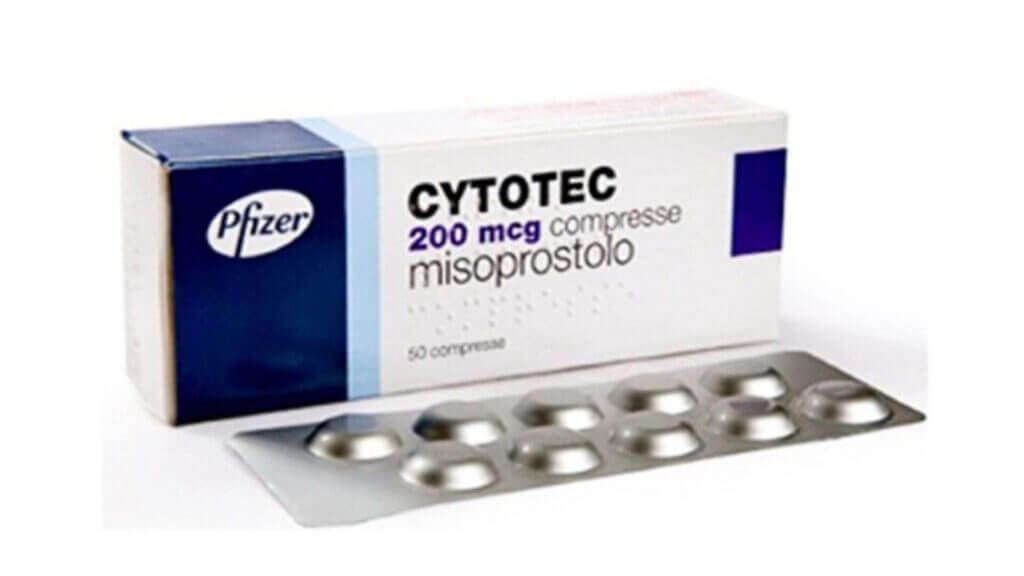Mifepristone causes abortion, and Misoprostol softens the lining of the uterus for fetal removal. Cytotec commonly treats severe stomach pain and reduces miscarriage risk. It can expedite medical abortion when combined with mifepristone.
Mifepristone, also known as a prostaglandin, induces abortion by stimulating prostaglandin release, causing uterine contractions. It’s typically used with misoprostol for a quick and effective pregnancy termination. Additionally, it serves as preventive medicine to avoid unwanted pregnancies.

Mifepristone prevents pregnancy, while Misoprostol induces abortion and softens the uterine lining for fetal removal. Cytotec is a common treatment for severe stomach pain and reducing miscarriage risk. When combined with mifepristone, it accelerates medical abortion to terminate pregnancy. Importantly, it should not be used to induce miscarriage or terminate a pregnancy not yet started.
Mifepristone is used to cause the abortion. It is taken by mouth to prevent further pregnancy. This is a medical abortion. It is not a surgical abortion.
In Satwa, doctors frequently use Cytotec to treat severe stomach pain. When combined with mifepristone, it helps expedite the medical abortion process to terminate pregnancy. We don’t know the safety of using Cytotec during pregnancy. Medical professionals do not recommend it for inducing miscarriage or terminating a pregnancy that has not commenced.
Cytotec in satwa-misoprostol Uses &effects
Hey there, if you’re going to use misoprostol, You will take 3-4 doses of misoprostol. it might lead to some cramping and bleeding. What’s happening is that it helps empty your uterus, kind of like having an early miscarriage or a really heavy period. You might notice the pregnancy tissue coming out through your vagina. Just be prepared for things to feel a bit more intense, like a heavy period, but it’s all part of the process.
In satwa your 30 minutes guide to use before you take your first dose of misoprostol:
Alleviate Cramps with Pain Medication: Prioritize ibuprofen (Advil or Motrin) for optimal relief from cramps. Alternatively, acetaminophen (Tylenol) is acceptable, but avoid aspirin, as it may increase bleeding.
Address Nausea with Medication: If experiencing nausea, take appropriate medication to alleviate the symptoms.
Misoprostol Administration Options: There are distinct methods for misoprostol administration – vaginal, sublingual, and buccal. Your healthcare provider will guide you based on your specific circumstances. Each method is detailed below:Vaginal Method:
- Wash your hands thoroughly.Insert 4 pills deep into your vagina, one at a time. Lie down for 30 minutes to prevent dislodging.Repeat the process with 4 pills after 3 hours.Another round of 4 pills is to be inserted 3 hours later.A total of 12 pills will be utilized.If it has been over 30 minutes since the last insertion and pills have fallen out, no reinsertion is necessary.
Sublingual Method:
- Place 4 pills under your tongue, leaving them there for 30 minutes.If remnants persist after 30 minutes, swallow them with water.Repeat the process with 4 pills after 3 hours.Another round of 4 pills is to be placed under the tongue 3 hours later.A total of 12 pills will be utilized.
Buccal Method:
Tuck 2 pills between your cheek and gum on one side, and 2 more on the opposite side. Leave them for 30 minutes.
If remnants persist, swallow with water.
Repeat the process with 4 pills after 3 hours.
Another round of 4 pills is to be tucked buccally 3 hours later.
A total of 12 pills will be utilized.
Additional Dosage:
Some individuals may require an extra misoprostol dose. If advised by your healthcare provider, take 4 pills 3 hours later.
It’s advisable to maintain consistency in the chosen method for each dose. However, if circumstances necessitate a change due to excessive bleeding or severe nausea, adapting the administration method is acceptable.
